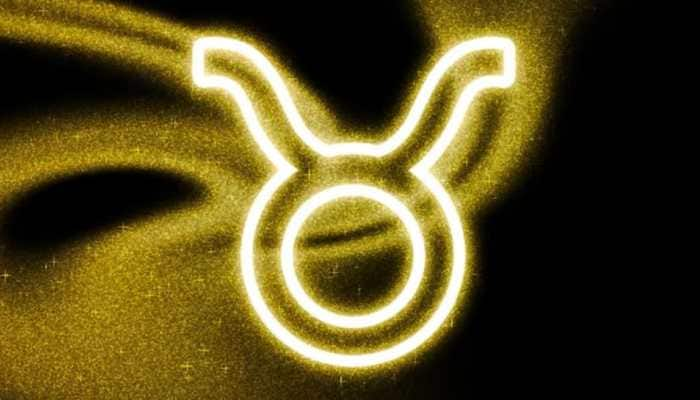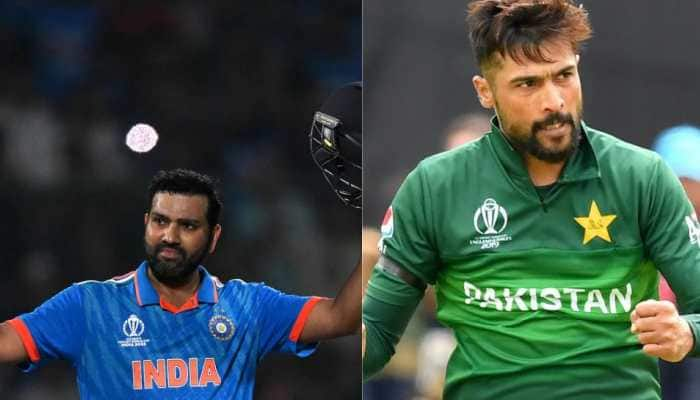Italian Opera masterpiece performed in Delhi
‘Cavalleria Rusticana’ is a love story that takes place in XIX century Sicily after Unification of Italy in 1861.
Trending Photos
Akrita Reyar
To the delight of Delhiites, who are often starved of opera extravaganzas, came the performance of the celebrated ‘Cavalleria Rusticana’ this November. The opera, written by Pietro Mascagni, is considered a masterpiece and has been successful since it was first performed in 1890 in Rome.
‘Cavalleria Rusticana’ is a love story that takes place in XIX century Sicily after Unification of Italy in 1861. The choice of this particular opus was based on the fact that Italy is celebrating 150 years of unification.
The one-act opera brings out the emotions of love and jealously in a distinct way. The lead male protagonist Turiddu returns home from military service to find that his fiancée, Lola, has married Alfio while he was away. In a fit of revenge, Turiddu in turn seduces a village girl Santuzza. Overcome by jealousy, Lola begins an adulterous affair with him.
Santuzza, suspecting that she has been cheated, confronts Turiddu. But this does not help matters as Turiddu betrays her and follows Lola instead.
Stung by the rejection, Santuzza reveals the truth to Lola’s husband. Alfio challenges Turiddu for a duel till death. Turiddu is the man who finally perishes.
The ‘Cavalleria Rusticana’, which has been performed 14000 times in Italy alone so far, is considered so path breaking that it renovated the Italian panorama of melodrama giving origin to the Verism (which means Realism) through “Giovane Scuola Italiana” (Young Italian School). In fact, the inaugural enactment got such stupendous reception that Mascagni took 40 curtain calls on the opening night.
In Delhi, renowned Italian soprano Francesca Patane performed the lead role of Santuzza – while Luciano Ganci starred as the male lead Turiddu.
The lead pair got praiseworthy support from Marco Chingari (Alfio), Isabel De Paoli (Lola) and Maria Zanonzini (Mamma Lucia).
The opera had an Indian touch to it. The support characters – that of the villagers – were a happy mixture of Indians and Italians, as were the members of the orchestra. Musicians were picked both from the India National Youth Orchestra and the Italian ensemble Orchestra Giovanile Italiana-Scuola di Musica di Fiesole.
Importantly, the conductor was Vijay Upadyaya, an Austrian of India origin, who is also the founder the Indian National Youth Orchestra. Despite the language barrier (translations were provided on each seat), the show turned out to be an exceptional success and was given a standing ovation by an audience.
Brought to Delhi by Embassy of Italy and Istituto Italiano di Cultura in collaboration with ICCR and DIAF, it marked the culmination of the 5th Delhi International Arts Festival, which witnessed a footfall of over 2 lakh this year.
Speaking on the occasion, while Pratibha Prahlad, Festival Director, described the performance as a “musical extravaganza”, the Italian ambassador called it “musical joint venture” between the two countries. Lt Governor Tejinder Khanna was the chief guest at the event that was packed with expats and cultural enthusiasts.
Advertisement
Live Tv
Advertisement







)
)
)
)
)
)
)
)
)
)
